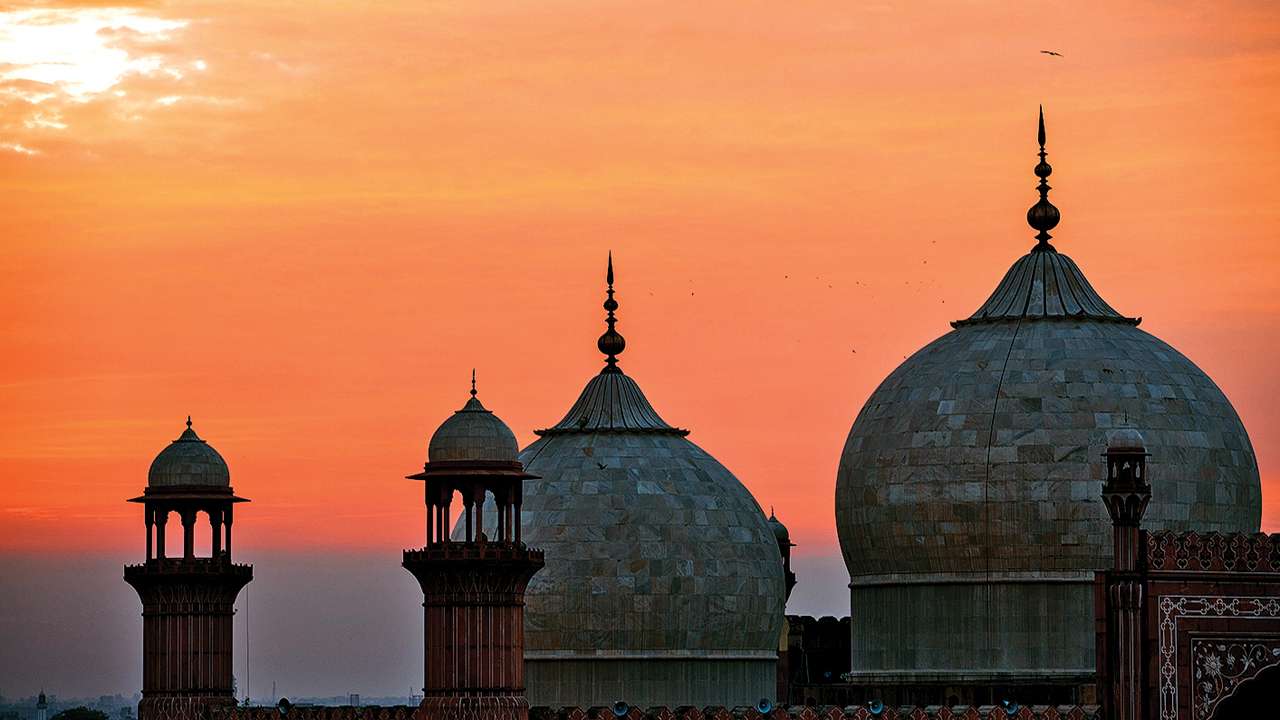
In the previous part on the history of the evolution of Hindavi, we had mentioned that the language had travelled to the Deccan and the rulers of Bijapur and Golconda, had discarded Persian as the court language and had replaced it with Hindavi. It was here, at Golconda, Bijapur and at Gulbarga, that Hindavi or Dehlavi or Zaban-e-Dehli found a new home and it was here that it evolved into Deccani over the next 300 years.
While Dehlavi was slowly getting transformed into Deccani, through the induction of words from Gujarati, Marathi and Telugu in the Deccan, a new transformation was happening in the region of the birth of Dehlavi or Hindavi after the sacking of Delhi by Taimur in 1398.
Delhi was ruled for 30 odd years by the Saiyad kings who were followed by the Lodis, the second Lodi Sultan Sikandar, moved the capital to Agra in 1504, his successor Ibrahim lost to Babar. Humayun brought the capital back to Delhi, while Humayun’s son Akbar took it back to Agra in 1556.
So you can say that things around Delhi were a little unsettled from the time of the departure of Taimur and when they eventually began to settle down almost 150 years later they did so in Agra. The official language of the court at Agra was Persian while the language of the streets in Agra was Braj and Akbar patronised Braj. Several of his nobles, engaged in Akbar’s project of helping interfaith dialogue through translating religious texts both ways, were scholars of Braj and of Persian and Arabic.
One of his senior most nobles, Abdul Rahim Khan-e-Khana, known to us as the poet Rahim, is recognised as one of the tallest poets of Braj Bhasha. Akbar’s sons and grandsons were taught Braj and strange as it may sound, given the colonial portrayal that paints him more as a caricature than a human being, Aurangzeb wrote poetry, he wrote love poetry and he wrote it in Braj. Delhi was not the capital from 1504 and regained the status of being the capital only in 1648, in the interregnum. Except for the chaotic 26 years of the reign of Humayun, Sher Shah Suri, Islam Shah and Humayun, from 1530 to 1556 when Delhi was capital, the rest of the time it was Agra.
So after the sack of Delhi in the very late 14th century, things are not going well for Delhi and the language of Delhi, in any case, has no royal patronage. It continues to grow and develop, largely on its own steam in the scattered urban settlements that have survived the depredations of Taimur and in those semi-urban clusters that cling to the shrines of the numerous Sufis of Delhi. From the time of Akbar, Delhi begins to be treated like the second capital and things start to look up somewhat.
The capital returned to Delhi in 1648 with the building of the Quila-e-Mu’alla or the Red Fort and Shahjahanabad. The Mughal Empire was at its peak, India’s share of Global GDP was about 25% (http://thinkingaloud.aberdeen-asset.com/en/thinkingaloud/the-bigger-picture/india-the-giant-awakens) and Delhi was the destination of choice for soldiers of fortune, merchants of pearls and precious stones, calligraphers, jewellers, men of science and medicine, philosophers and scholars of religion, writers, poets, musicians and artists.
The language of intellectual discourse was Persian and so gradually some of the finest Persian poetry were written in Delhi. This is a fact now recognised by Iranian scholars of the history of Persian language and they call it ‘Sabk-e-Hindi’ - Indian school of Persian writing.
Girdhar Das, a Persian poet from Delhi and a contemporary of Shajahan wrote an abridged version of the Ramayan in Persian, Chandra Bhan ‘Brahman’ a clerk in the court of Shahjahan authored a complete anthology in Persian, Banwali Das ‘Wali’ and Mathura Das’ Hendu’, the latter closely associated with Dara Shukoh were some other Persian Poets of repute who were contributing to the compendium of Persian writing in India from Delhi (http://www.iranicaonline.org/articles/hindu-persian-poets)
So there were these three divergent trajectories. There was Hindavi developing into Deccani, as the rulers of Golconda and Bijapur replaced it with Persian in their public dealings. There was Persian at the Mughal Court in Delhi, rivalling the scholarship of the language in Iran and then there was Hindavi or Zaban-e-Dehli, which came into its own in the streets of the new city built by Shahjahan.
The stage was set for the language of the people, long denied its place due to the ongoing upheavals at Delhi and the constant shifting of the Capital. We will talk about the rise of Rekhta and Hindi in part IV of this mini-series.
The author is a historian, and organises the Delhi Heritage Walk for children and adults